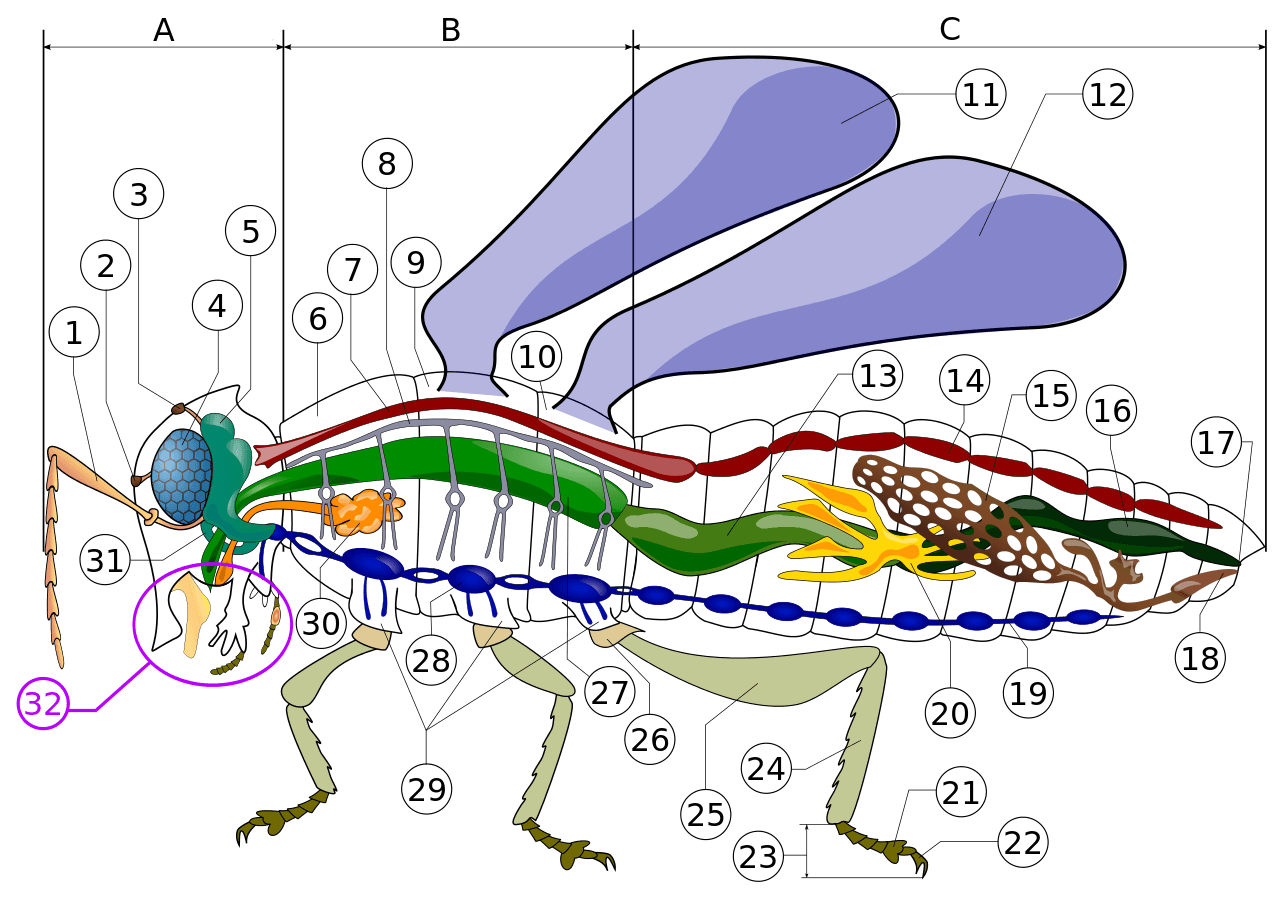Entomology Educational Resources
Books About Insects
- Many books are available at local libraries; check the children’s non-fiction section under the call number J597.
Insect Activities
- Some potential classroom activities related to insects are described in The Insecto-files by Helaine Becker; Insect Almanac: A year-round activity guide by Monica Russo; Insectigations: 40 Hands-on Activities to Explore the Insect World, by Cindy Blobaum; and Insects (Make it Work! Science) by Andrew Haslam.
- Information on keeping insects for observation can also be found in Pet Bugs: A Kid's Guide to Catching and Keeping Touchable Insects by Sally Kneidel; Bugs as Pets (Animal Planet Pet Care Library) by Jay F. Hemdal; and Pets in a Jar: Collecting and Caring for Small Wild Animals, by Seymour Simon.
Websites
- Educational videos, online games, free teaching materials
- Teaching awards and grants
- Coloring pages, crafts, games, and other activities for children:
There over 1 million documented species of insects. Insects are the most diverse group of organisms. The numbers of species of insects are more than any other group. This represents approximately 80 percent of the world's species. Scientists estimate that there are 200 million insects per human being - currently, it is estimated that there are 7.5 billion people on earth - 7.5 billion x 200 million = 1.5 quintillion insects worldwide!

Source: By Piotr Jaworski, PioM - Current version is the source of Image:Robal.png, CC BY-SA 3.0, https://commons.wikimedia.org/w/index.php?curid=3886337
Morphology (the form and structure of an organism or any of its parts)
Insect Morphology:
A - Head B - Thorax C - Abdomen
1. antenna 2. ocelli (lower) 3. ocelli (upper) 4. compound eye 5. brain (cerebral ganglia) 6. prothorax 7. dorsal blood vessel 8. tracheal tubes (trunk with spiracle) 9. mesothorax 10. metathorax 11. forewing 12. hindwing 13. mid-gut (stomach) 14. dorsal tube (Heart) 15. ovary 16. hind-gut (intestine, rectum & anus) 17. anus 18. oviduct 19. nerve chord (abdominal ganglia) 20. Malpighian tubes 21. tarsal pads 22. claws 23. tarsus 24. tibia 25. femur 26. trochanter 27. fore-gut (crop, gizzard) 28. thoracic ganglion 29. coxa 30. salivary gland 31. subesophageal ganglion 32. mouthparts
Biological classification is the process by which scientists group living organisms. This branch of science is called taxonomy. Organisms are classified based on how similar they are. Historically, the similarity of insects was determined by examining physical characteristics, but modern classification uses a variety of techniques including genetic analysis.
Organisms are classified according to a system of seven ranks: Kingdom, Phylum, Class, Order, Family, Genus, Species.
For insects, the first three ranks are as follows: Kingdom=Animalia, Phylum=Arthropoda (Subphylum=Hexapoda), Class=Insecta.
In contrast, the first three ranks for humans are Kingdom=Animalia, Phylum=Chordata, Class=Mammalia. Interestingly, bats - insectivores and the only flying mammal, share the same first three ranks as humans. They don't seem much like us, do they? That is why there are 4 more ranks to further organize Kingdom Animalia!